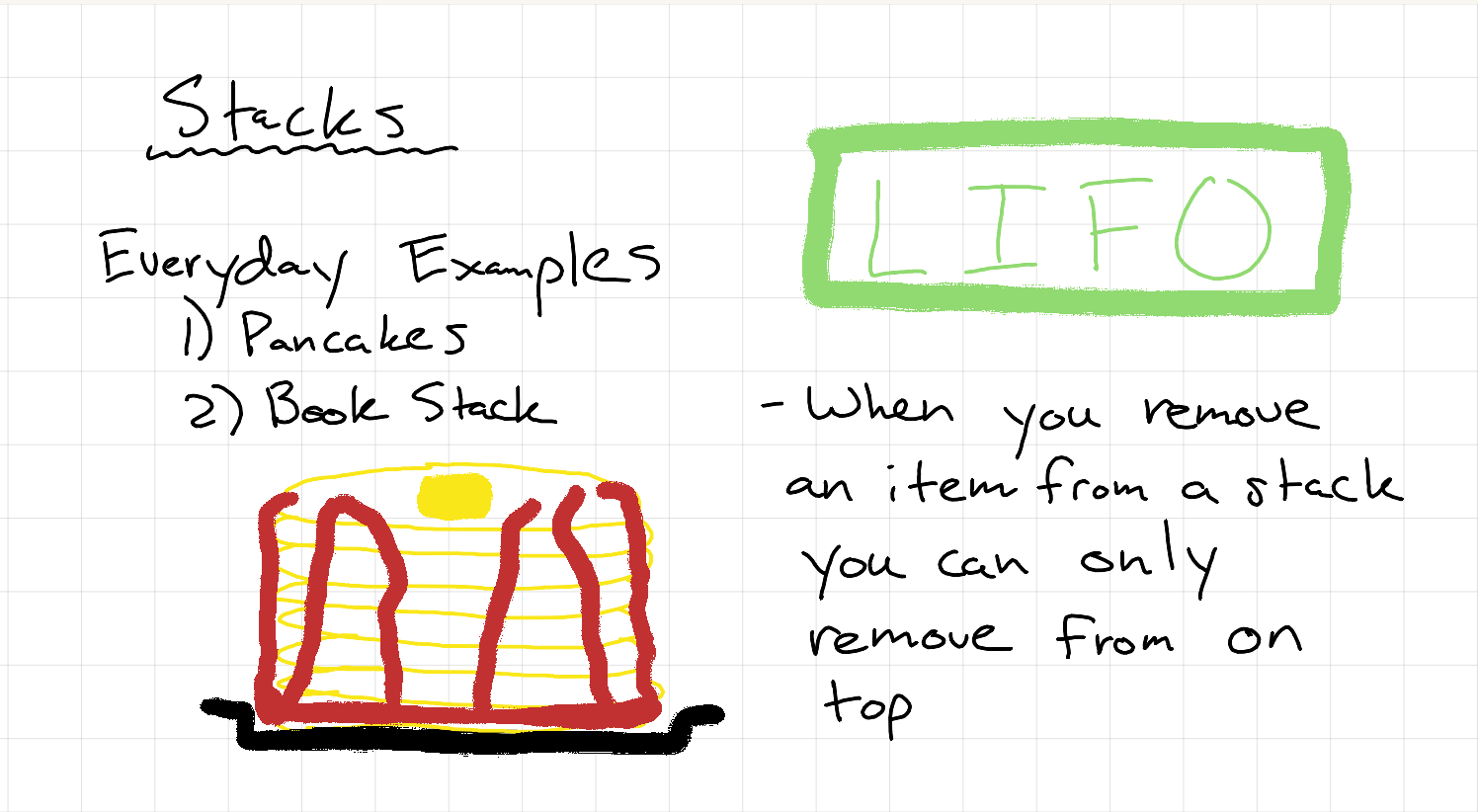Stacks

A stack is a fundamental data structure that follows the Last-In-First-Out (LIFO) principle. One way to think about a stack is to compare it to a Pez Dispenser holding Pez candies. If you’re unfamiliar with a Pez Dispenser, it’s a spring-loaded container that looks like this:  It holds small, brick-shaped candies:
It holds small, brick-shaped candies:  To use the dispenser, you open the top and insert the candies, compressing the spring. Once closed, you can tilt the top to dispense one candy at a time. The stack works similarly.
To use the dispenser, you open the top and insert the candies, compressing the spring. Once closed, you can tilt the top to dispense one candy at a time. The stack works similarly.
There are two essential operations when working with a stack: push and pop. The push operation adds an element to the top of the stack. The pop operation removes the top element from the stack.
Below is a Swift implementation of a stack using generics and an array. This allows the stack to store any data type while leveraging Swift’s built-in append and popLast functions, enabling push and pop operations to run in O(1) time complexity.
public struct Stack<Element> {
private var stack: [Element] = []
public init() { }
public mutating func push(_ element: Element) {
stack.append(element)
}
public mutating func pop() -> Element? {
stack.popLast()
}
public var isEmpty: Bool { // Convenience Computed Variable
stack.isEmpty
}
}
Tags: tech, data_structures_algorithms